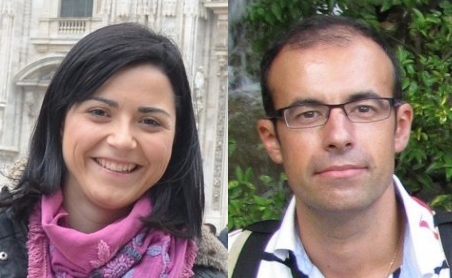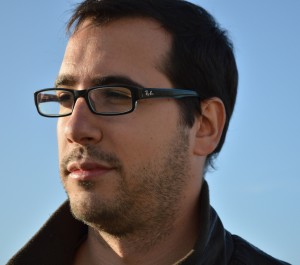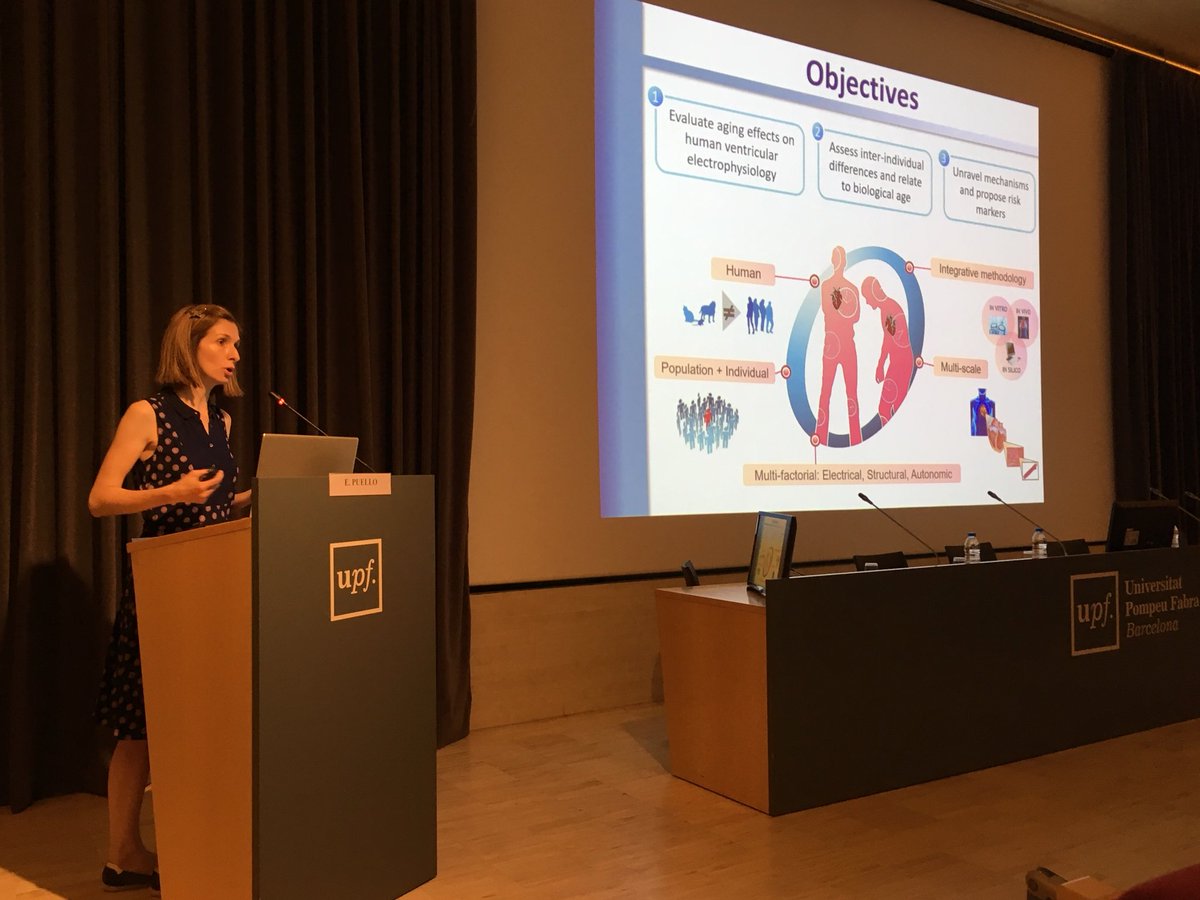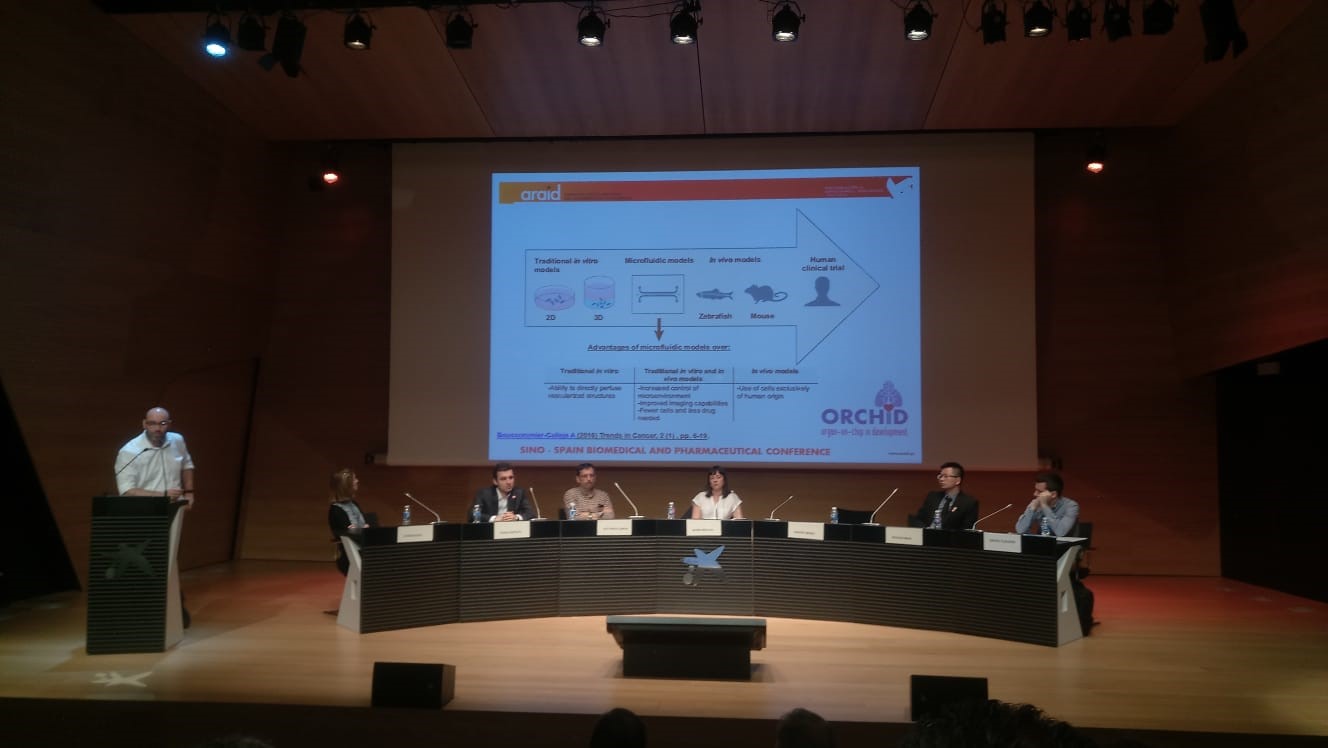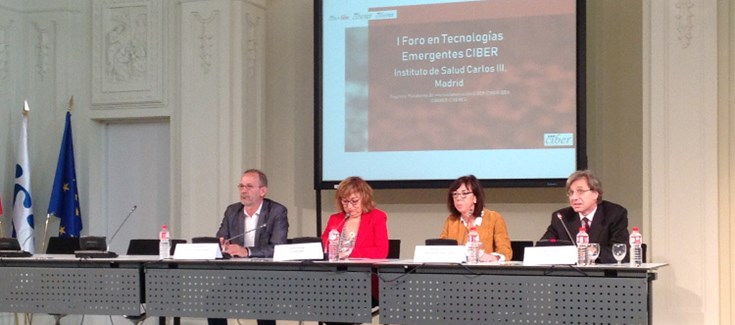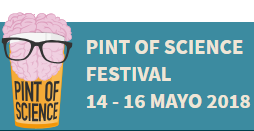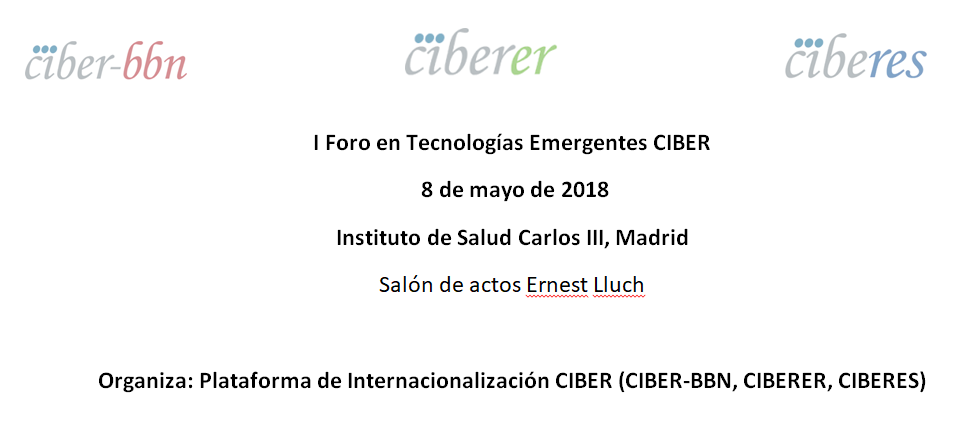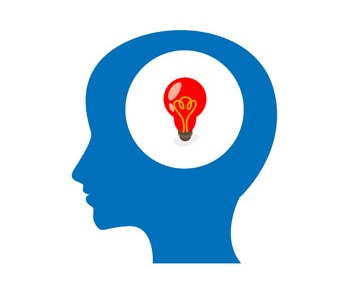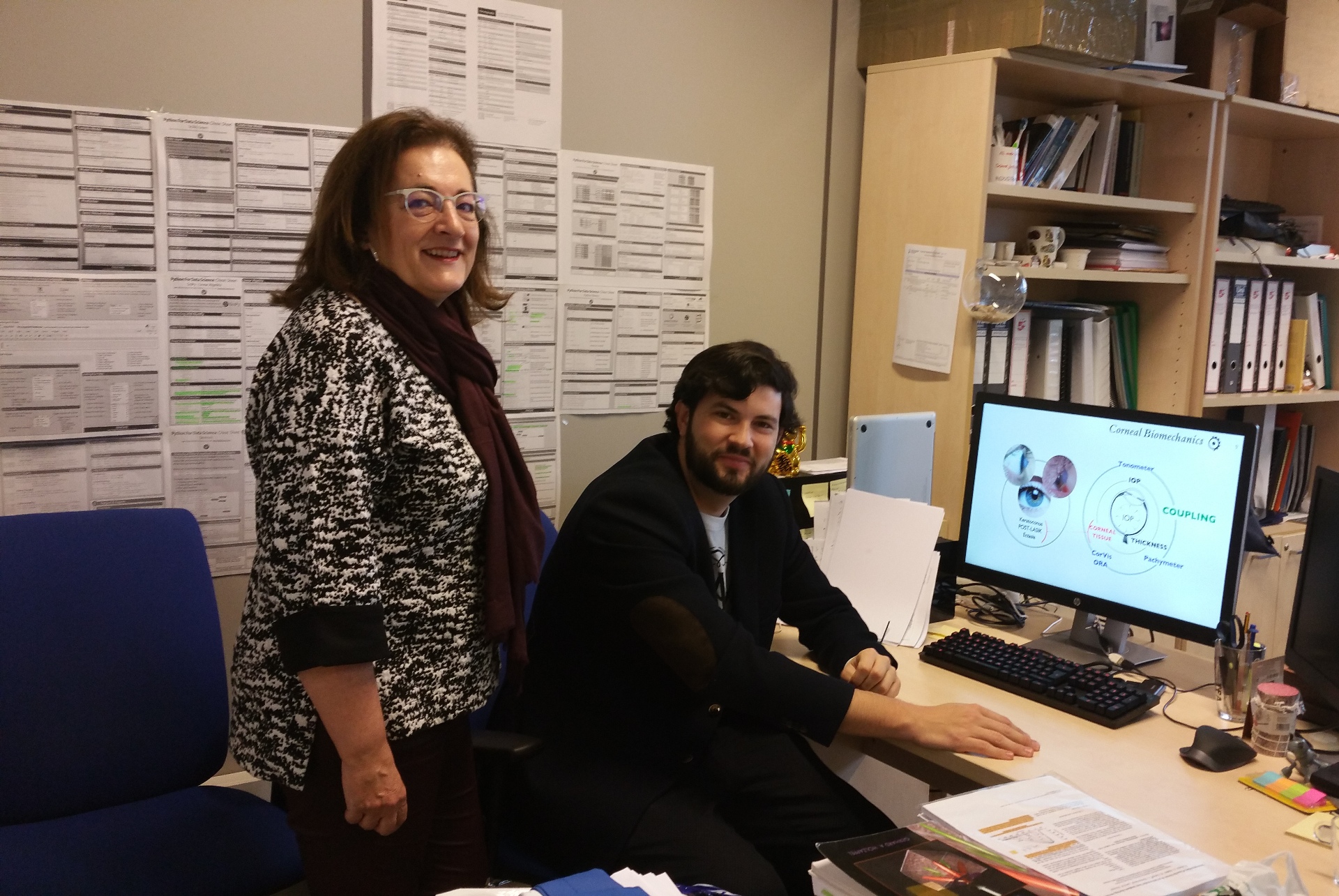Quantification of Ventricular Repolarization Variation for Sudden Cardiac Death Risk Stratification in Atrial Fibrillation
ATRIAL fibrillation (AF) is the most prevalent sustained arrhythmia and it has become one of the most important public health issues in developed countries. It is expected to double its incidence by 2030 [1], [2], representing the major cause of hospitalizations in elderlies (≥65 years), together with chronic heart failure
Alba Martín-Yebra and Juan Pablo Martínez, scientists of NANBIOSIS U27 High Performance Computing, have led the research that proves that it is possible to stratity AF patients at risk of sudden cardiac death (SCD) what could help cardologists to implement better solutions.
The computation was performed by the ICTS NANBIOSIS, specifically by the High Performance Computing Unit of the CIBER-BBN at the I3A-University of Zaragoza.
Atrial fibrillation (AF) rhythm is characterized by an irregular ventricular response, preventing the use of standard ECG-derived risk markers based on ventricular repolarization heterogeneity under this particular condition. In this study, the authors proposed new indices able to quantify repolarization variations in AF patients assessing their stratification performance in a chronic heart failure population with AF. Results showed that patients with enhanced ventricular repolarization variation computed in terms of the proposed indices were successfully associated to a higher sudden cardiac death incidence in our study population. In addition, risk assessment based on the combination of the proposed indices improved stratification performance compared to their individual potential. In conclusion, the study proves that using a simple ambulatory ECG recording, it is possible to stratify AF patients at risk of SCD, which may help cardiologists in adopting most effective therapeutic strategies, with a positive impact in both the patient and healthcare systems
Article of reference:
A. Martín-Yebra, P. Laguna, I. Cygankiewicz, A. Bayés-de-Luna, E. G.
Caiani, J. P. Martínez Quantification of Ventricular Repolarization Variation for Sudden Cardiac Death Risk Stratification in Atrial Fibrillation. IEEE J Biomed Health Inform, v.. 23, n. 3, pp 1049-
doi: 1057.10 1109/JBHI.2018.2851299
